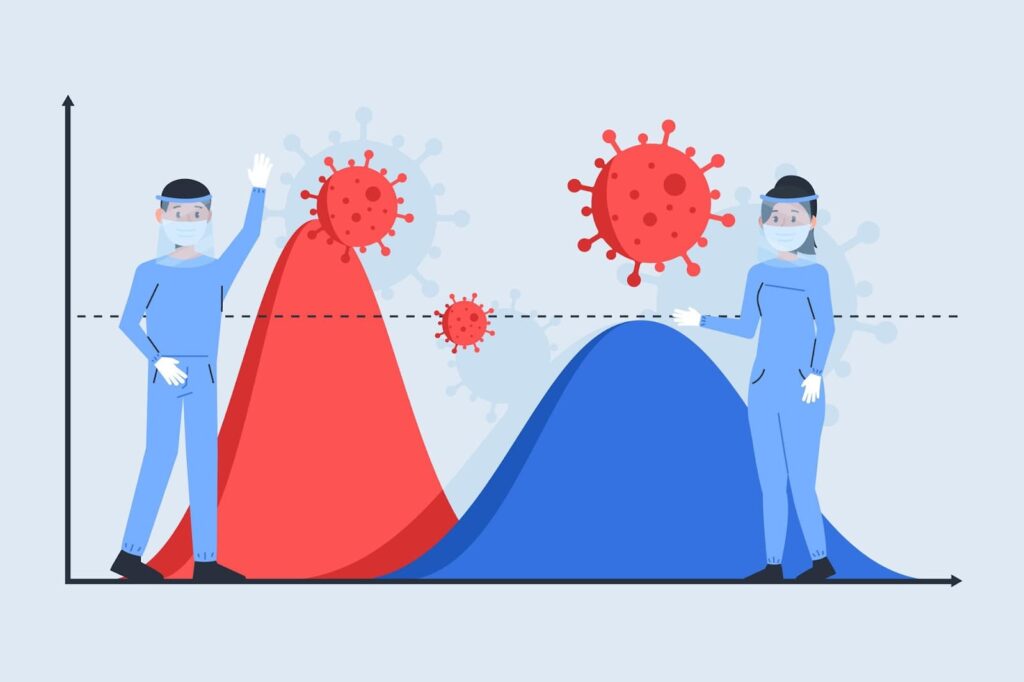
Exploring Hepatitis B: Unraveling the Impact of Viral Load
Hepatitis B, frequently shortened to HBV, represents a significant global health concern as a severe liver infection. The disease, if neglected or improperly managed, has the potential to instigate a range of detrimental liver conditions. These include fibrosis (scarring of the liver), cirrhosis (late stage of scarring), hepatocellular carcinoma (a form of liver cancer), and end-stage liver disease. Each of these repercussions poses life-threatening complications, emphasizing the importance of early diagnosis and effective management of Hepatitis B.
A Deeper Look into Hepatitis B Viral Load Test
The Hepatitis B virus DNA quantification, known as the viral load test, is a specialized blood test that calculates the amount of Hepatitis B virus DNA (viral load) present within an infected person’s blood through a Polymerase Chain Reaction (PCR) technique.
On its own, this test offers a unique perspective about an individual’s viral load. However, when analyzed alongside other markers such as the person’s e-antigen (HBeAg) status, results from liver enzymes (ALT/AST) tests, and inflammation levels, it provides an even richer, more comprehensive understanding of the individual’s condition.
Decoding Viral Load
Viral refers to the quantity of Hepatitis B virus, or HBV, present in the blood of an infected individual. Expressed in International Units per milliliter (IU/mL), this quantity fluctuates over time and is directly related to the current phase of a Hepatitis B infection. Monitoring this quantity is crucial because it helps individuals and their healthcare providers gain a deeper understanding of the infection’s intensity and how to optimally manage it.
Understanding the Implications of Viral Quantity This quantity sheds light on an individual’s HBV infection in several ways. It can:
- Indicate the severity and stage of the infection: A higher quantity typically suggests a more active and potentially severe infection;
- Predict the risk of disease progression: Higher quantities may increase the likelihood of developing serious liver conditions like cirrhosis and hepatocellular carcinoma;
- Assess the effectiveness of treatment: A decreasing quantity often implies that the treatment is working, whereas an increasing or unchanged quantity may signal a need for treatment adjustment.

Stages of Hepatitis B Infection
Chronic hepatitis B infection is typically characterized by four distinct stages. However, the duration of these stages can differ vastly from one individual to another. Not everyone will experience all stages, and the progression from one stage to another isn’t always linear. Many individuals with hepatitis B may oscillate between these stages throughout their life.
Immune-Tolerant Phase
The initial stage of the infection is known as the immune-tolerant phase. During this period, the hepatitis B virus multiplies rapidly in the body, but doesn’t cause any evident damage to the liver. Once the immune system recognizes the virus and starts producing antibodies, the viral load decreases, and liver enzyme levels indicating liver health (ALT/AST) return to normal.
Immune-Active or Immune-Clearance Phase
Following the immune-tolerant phase, many individuals enter the immune-active or immune-clearance stage. This phase is marked by increased or fluctuating ALT levels, high viral loads (~20,000 IU/mL or more), and evident liver inflammation. Over time, individuals at this stage may develop HBeAg-positive chronic hepatitis, characterized by high ALT levels and inflammation that may lead to liver fibrosis.
Inactive Carrier State
The majority of individuals progress to the inactive carrier state. This phase sees a significant drop in viral loads (below 2,000 IU/mL), and improvements in liver inflammation and fibrosis. ALT levels typically normalize in adults and inflammation subsides, but physicians must remain vigilant for signs of advanced liver disease. The duration of this phase is highly variable – it may last a lifetime, span several decades, or be remarkably short.
Reactivation Phase
Finally, some individuals in the HBeAg-negative state may experience a reactivation phase. This stage is characterized by elevated ALT and viral loads (over 2,000 IU/mL), and moderate to severe liver inflammation and fibrosis.
Despite the individual’s stage of infection, consistent monitoring of the HBV DNA levels is crucial. This measure serves as a reliable indicator of the efficacy of antiviral medications, revealing whether the drugs are actively reducing the viral loads.
Conclusion
Overall, gaining insights into the various phases of Hepatitis B can significantly improve disease management. This understanding can guide both the person living with the condition and their healthcare provider to better navigate the disease’s trajectory, optimize the treatment approach, and monitor medication effectiveness. Therefore, consistent assessment, including regular HBV DNA level checks, is paramount.

